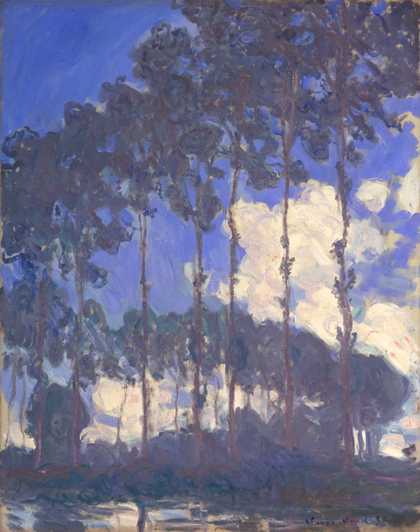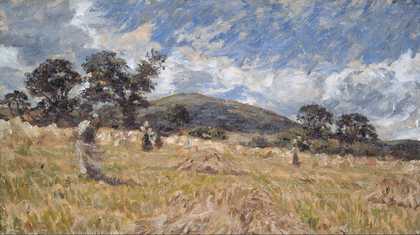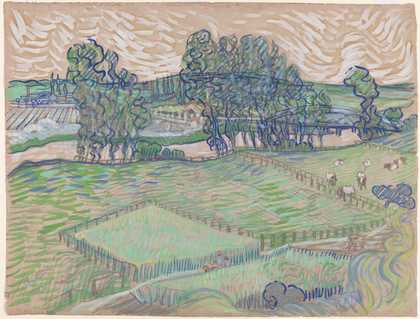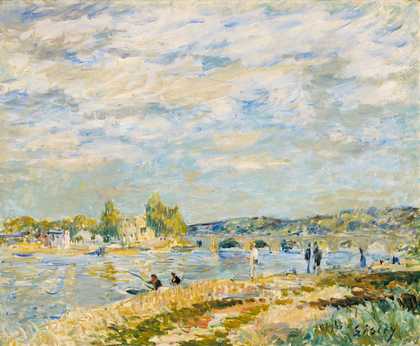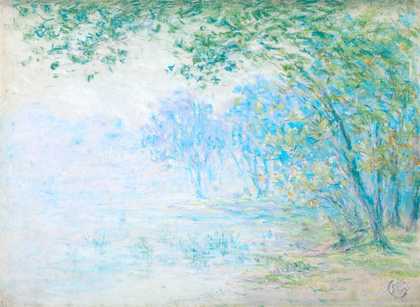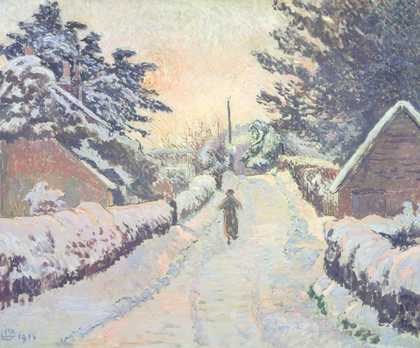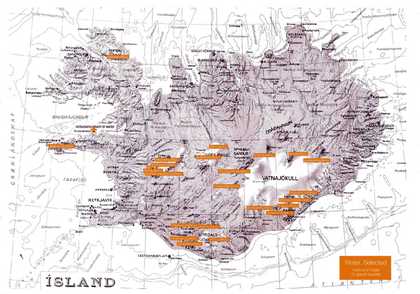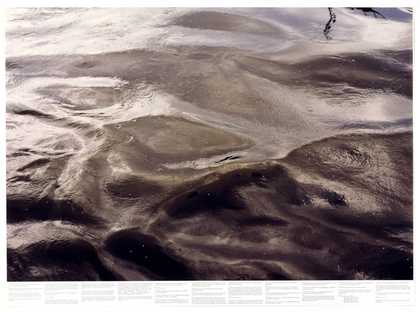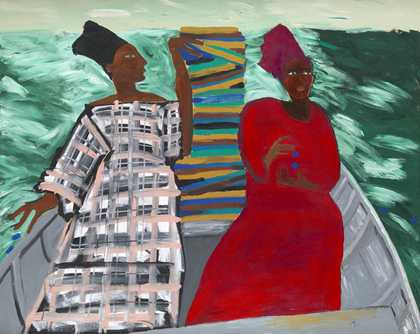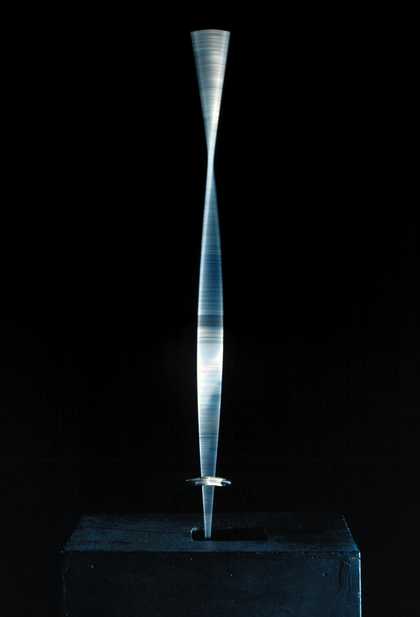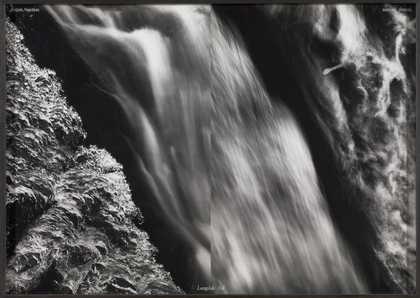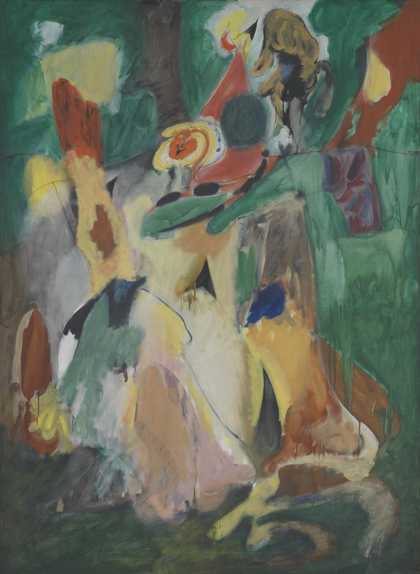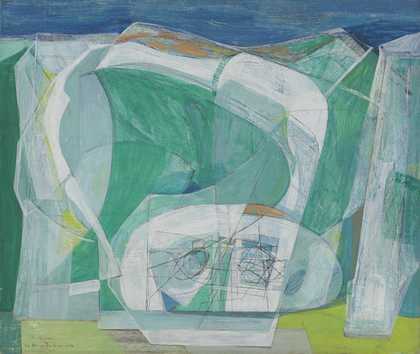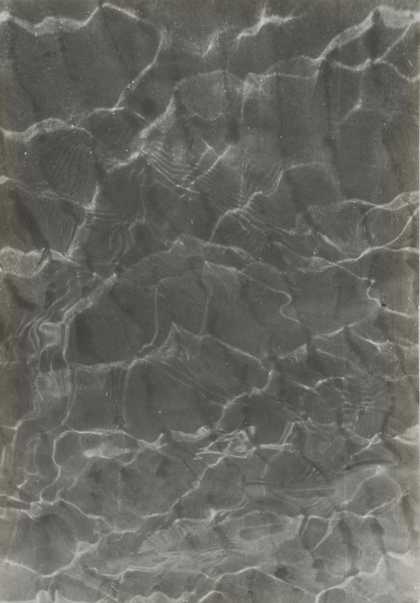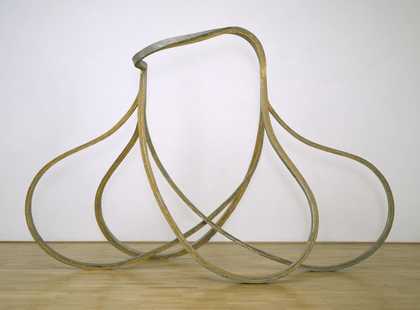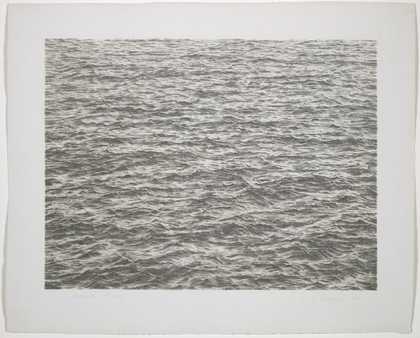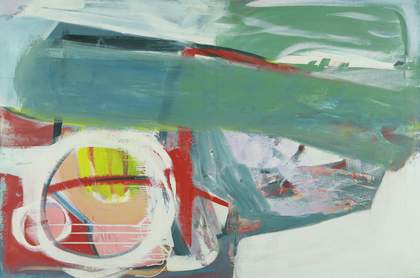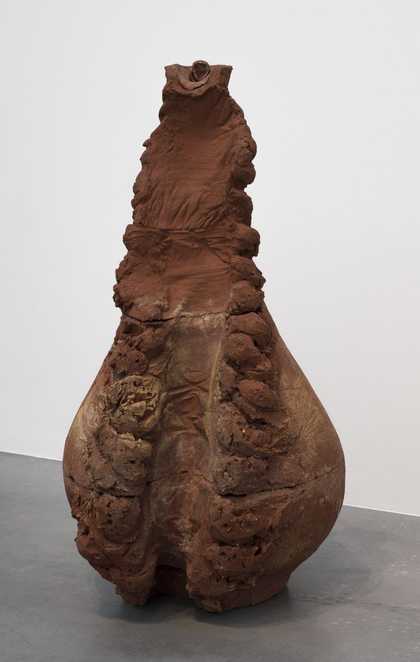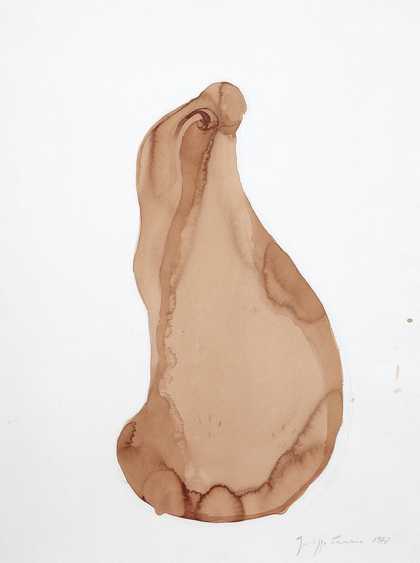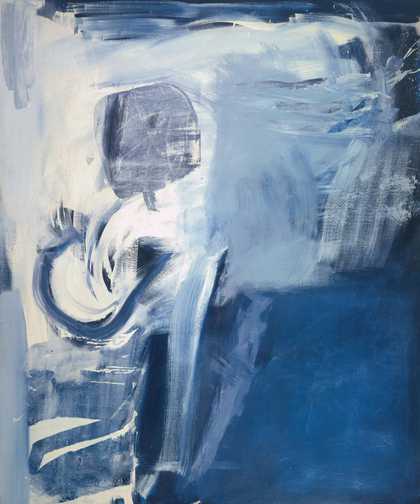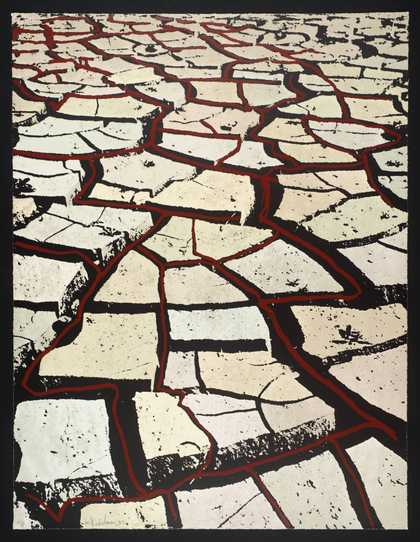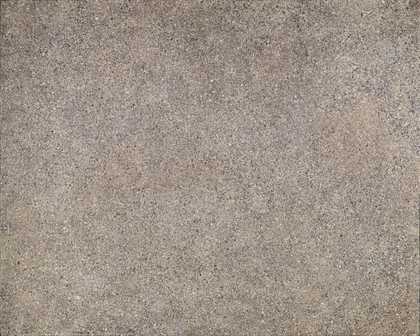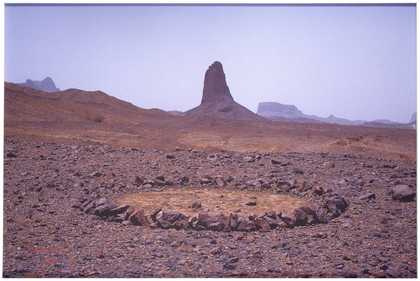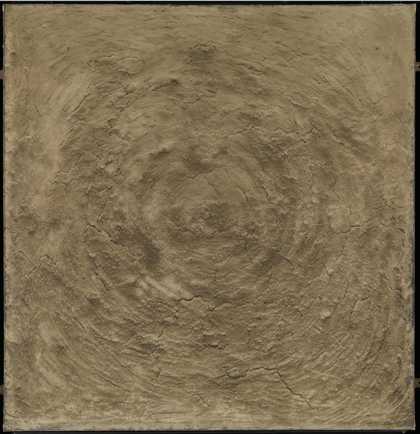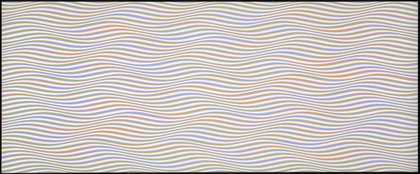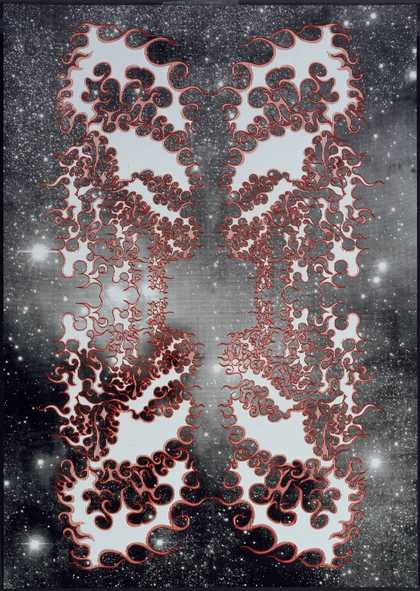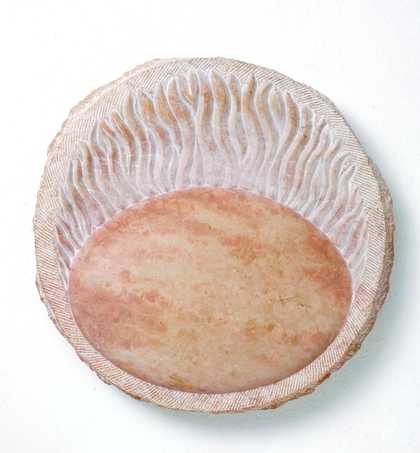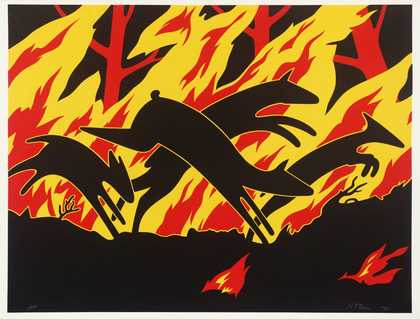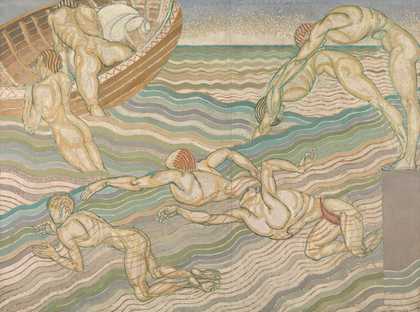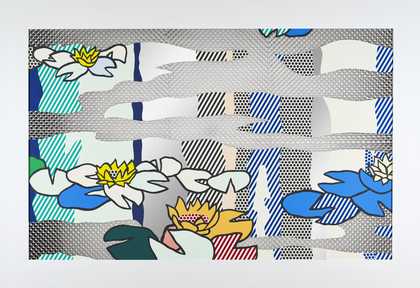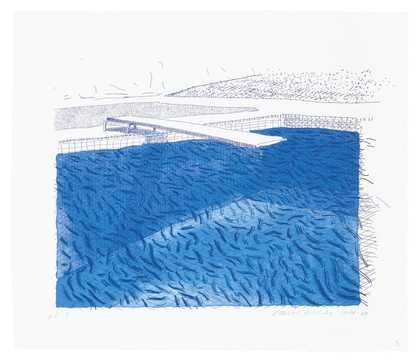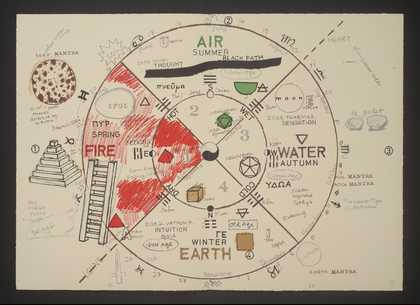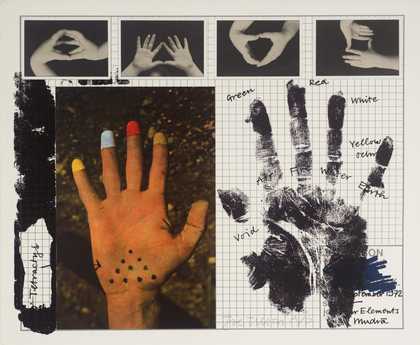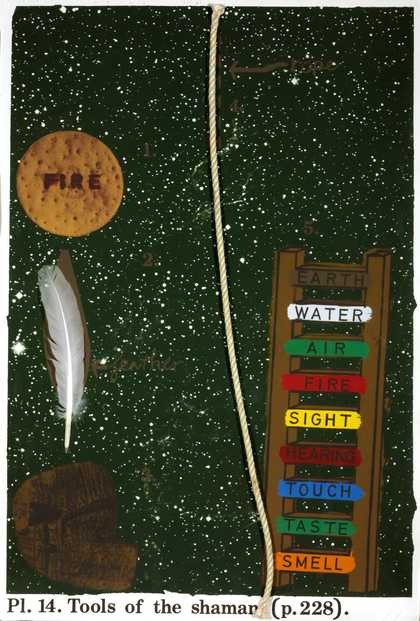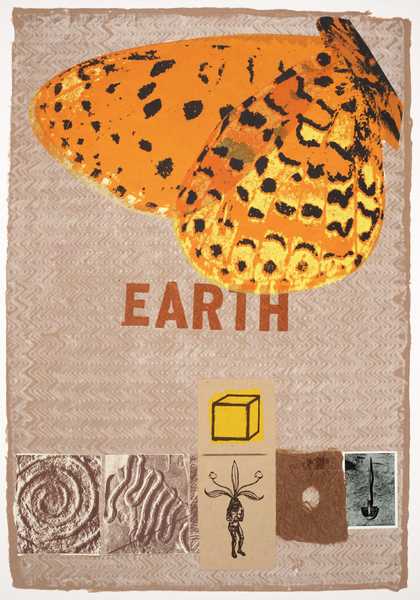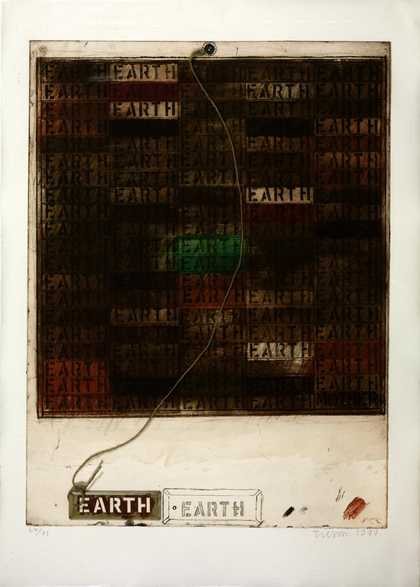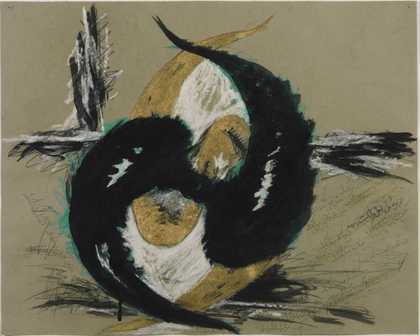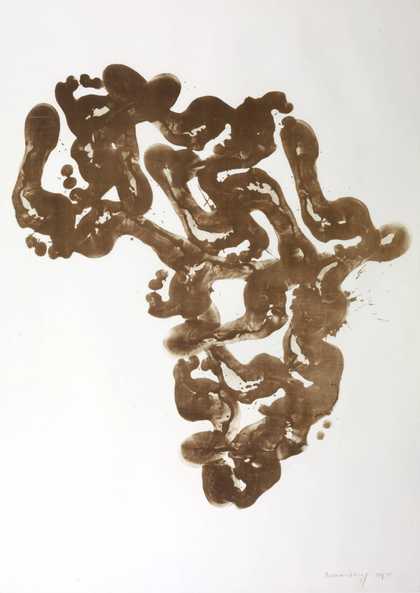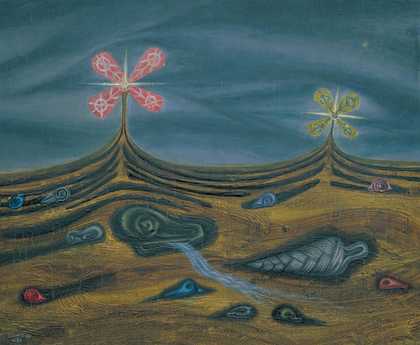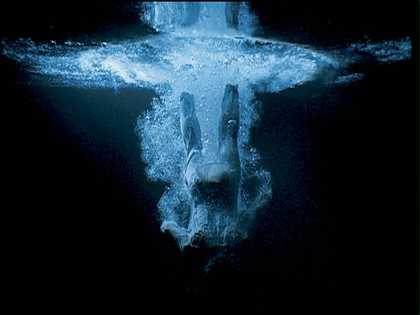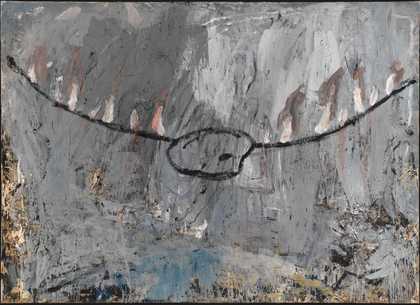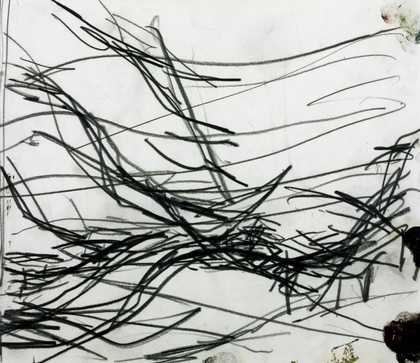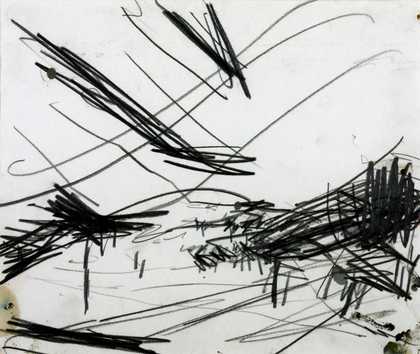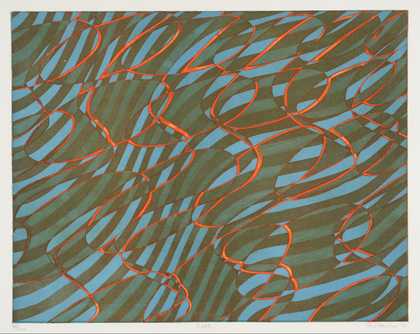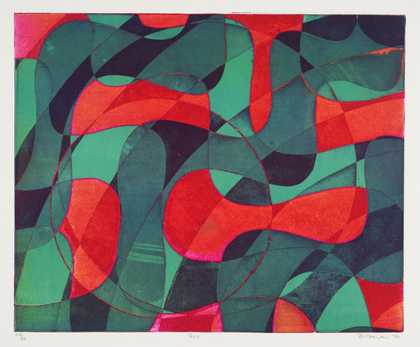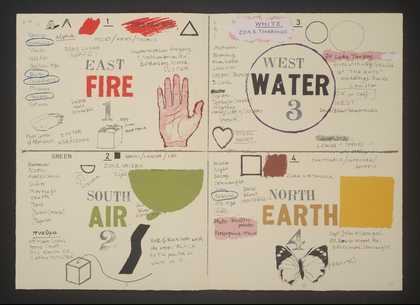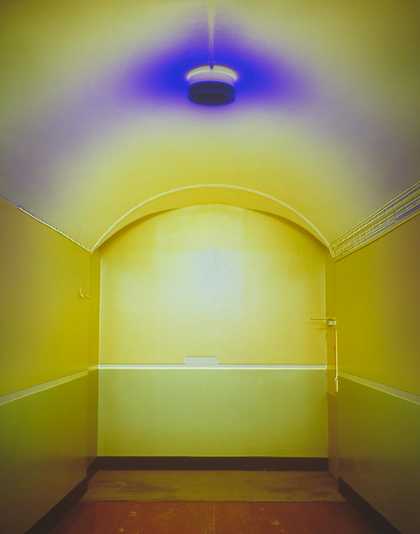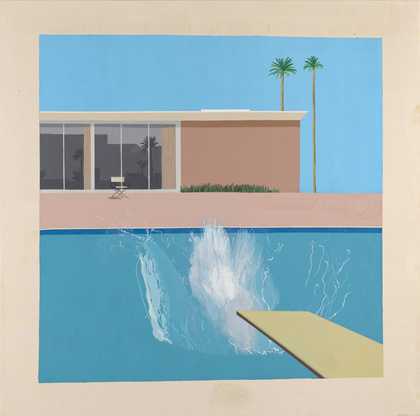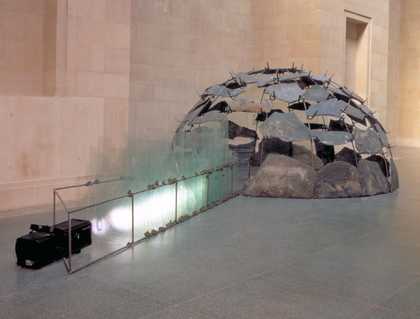Introduction
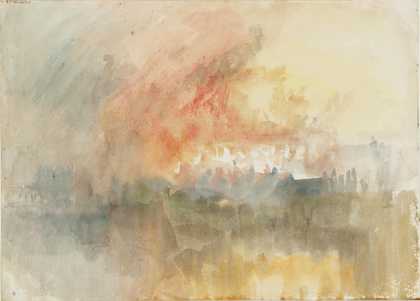
Joseph Mallord William Turner
Fire at the Grand Storehouse of the Tower of London (1841)
Tate
This exam resource will help you explore the elements of nature.
When we think of ‘the elements’ we generally think of the four elements that are essential to life. Traditionally in Western culture, these are: earth, air, fire and water. (In other cultures there are sometimes five or more elements). ‘Elements’ as a theme can also include the weather.
Discover the very different ways that artists have explored the elements, from directly facing them to symbolic representations.
Facing the elements
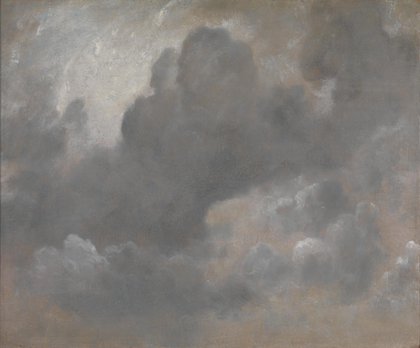
John Constable
Cloud Study (1822)
Tate
The weather
Have you ever heard people talking about ‘facing the elements’ or ‘open to the elements’? Often when we think of the elements, we think of the weather – usually bad weather. Not surprisingly, the weather and its effects have interested artists for centuries. Grab your hat and coat …
British artist John Constable painted some of the best-known landscape paintings in the world. But what people don’t always know is that he was fascinated by the weather. Constable often painted out of doors or plein air, very literally facing the elements! He also made lots of cloud studies, carefully recording the place and time of day the studies were made. His painted sketch, Stoke by Nayland c.1810-11, painted outside on location, shows a woman walking towards a village. But what the picture really seems to be about is the elements. Although blue, the vigorously painted sky, with its scuffed and scratched paint, looks blustery. The trees are moving in response to the gusts of wind.
Constable’s sketch of the sea near Brighton was also painted out of doors – in the winter. We can almost feel the icy cold and sympathise with the seabirds being thrown around by the wind. On an earlier visit to Brighton in 1824, Constable had admired ‘the magnificence of the sea’ and ‘the breakers and the sky’. He later wrote how seabirds ‘add to the wildness and to the sentiment of melancholy’.
The impressionists also took the idea of facing the elements very literally. They were interested in capturing the changing effect of light on landscapes in different conditions and at different times of the day. They used quick brush strokes to capture what they saw.
But it is artist J.M.W. Turner who wins the prize for going to the most extreme lengths to face the elements and respond to its effects. In order to paint what the force of a storm really feels like he had himself strapped to the mast of a ship, (so the story goes). The result is Snow Storm – Steam-Boat off a Harbour’s Mouth 1842. The vortex of the storm and the whipped-up sky and sea look almost abstract but put across a very real sense of its power (and scariness!).
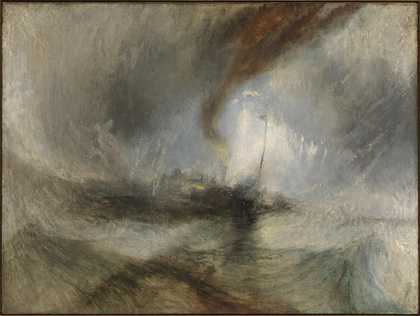
Joseph Mallord William Turner
Snow Storm - Steam-Boat off a Harbour’s Mouth (exhibited 1842)
Tate
To explore more art about the weather, take a look at our Weather Exam Help resource.
Fire, water, air and earth
Fire
Fire is essential to keeping us warm and we need it to cook food. But it is also a powerful destructive element.

Joseph Mallord William Turner
Fire at the Grand Storehouse of the Tower of London (1841)
Tate

Joseph Mallord William Turner
Fire at the Grand Storehouse of the Tower of London (1841)
Tate
As well as capturing extreme weather conditions, the artist J.M.W Turner made dramatic paintings (on the spot) of fire. He managed to be quickly on the scene for two huge fires in London: one at the Houses of Parliament in 1834 and the other at the Tower of London in 1841. As we saw with his capturing of the storm, his on-the-spot sketches become an almost abstract mass of frantic gestural marks and colour. Rather than depicting details, he manages to put across the feel, the noise, the choking smoke and the devastating power of the fire.
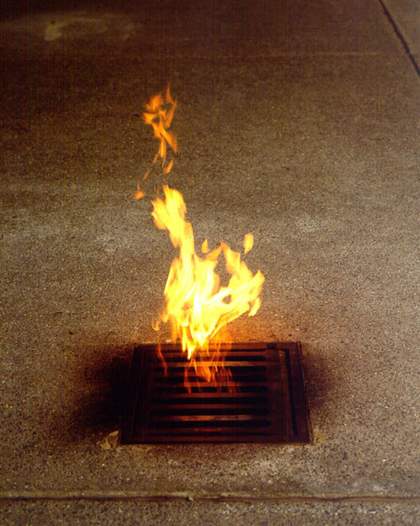
Roger Hiorns Vauxhall 2003
Artist Roger Hiorns also responds to fire in his artwork Vauxhall 2003. What looks like an ordinary gutter in the front paved garden area of Tate Britain, spurts a flame of fire. The flame disrupts a safe and ordered institutional space and feels unpredictable and dangerous.
For Hiorns both fire and the gutter are highly symbolic. The fire suggests elemental forces as well as religion, sacred ritual and the eternal flame. While the gutter makes us think of dirt, and things hidden underground.
Water
Water sustains us. Although we probably often moan about the rain, without it people, animals and plants would die. We have all seen pictures on the news of terrible famine in areas of the world where there hasn’t been enough rain.
Rain, rivers, seas waterfalls are all aspects of water that artists often depict or respond to.
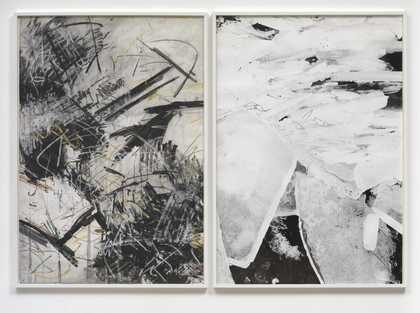
Ian McKeever
Waterfalls No. 5 (1979)
Tate
To capture the elemental force of water, Ian Mckeever has used mixed media on paper. The work consists of two contrasting images of a waterfall. On one side is a black and white photograph of a frozen waterfall. The large sheets of ice and dark icy water create a still abstract pattern. The other panel is a drawing made with pencil, charcoal and pastel. McKeever has built up the surface of the drawing with gestural and thick dense marks suggesting the movement and power of the waterfall.
Artist Roni Horn explores the theme of water in a very different way, collecting, recording and archiving it. Vatnasafn/Library of Water is a permanent installation in the small town of Sykkishólmur in Iceland. Huge glass columns store water collected from glaciers around Iceland. The locations are shown on her print Water, Selected 2007. In another series of ‘water works’, Horn photographed the surface of the River Thames in different locations. The photographs capture the effects of light and the weather on the river.

